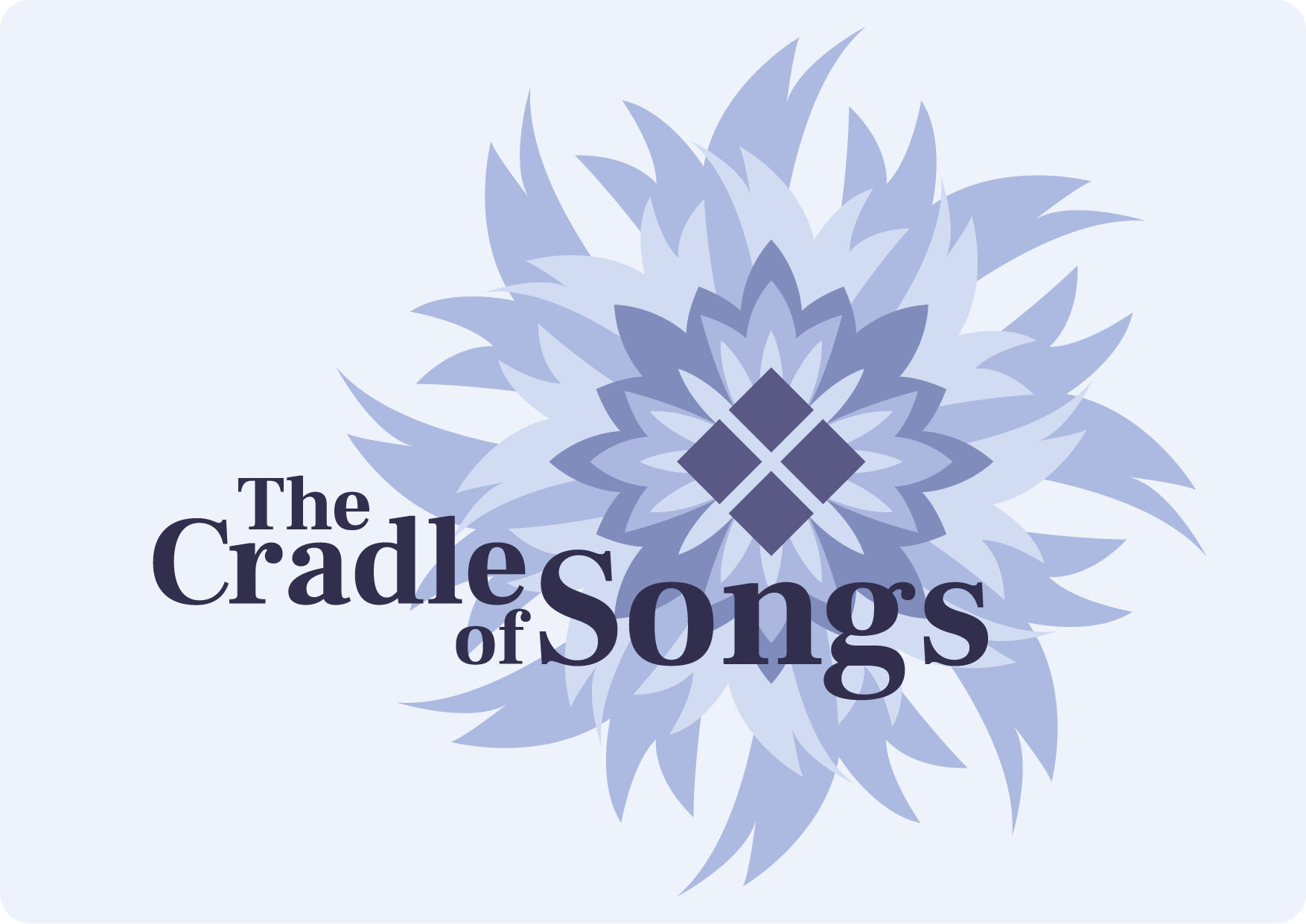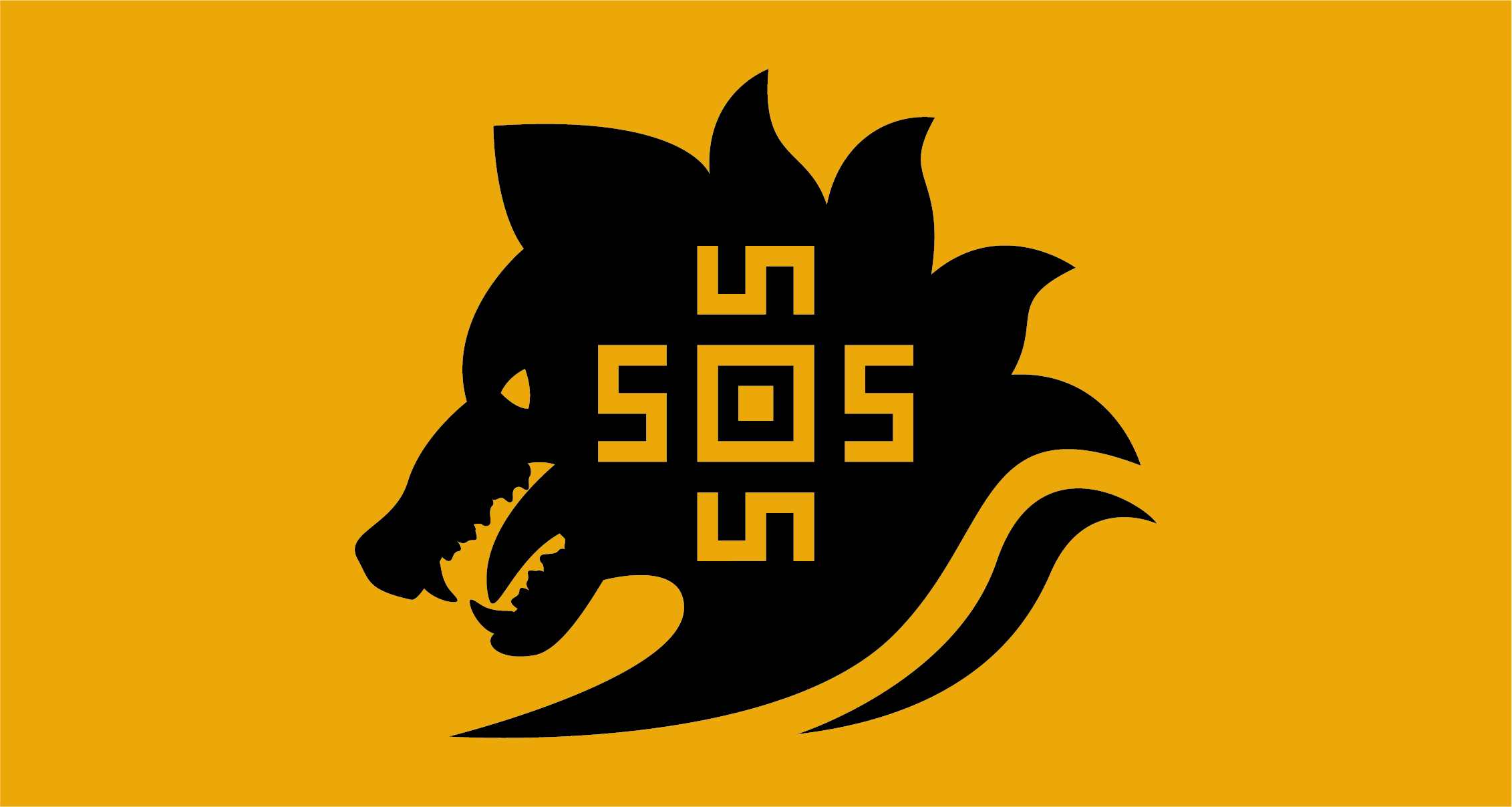
Oh man where do I even begin.
Short explanation? It's a worldbuilding project centered on culture and language. Not clear enough? Then brace yourself.
The Cradle of Songs is my main project, which I've poured a good portion of my life into. All of the things that I know about culture and language I've learned by working on this.
To me, it's much more than just worldbuilding. Rather, I feel like I've created a little universe. I think calling it a "project" falls short on what this actually is, too. So usually I say that CoS is a collection of projects. You can learn more about it on the (WIP) wiki! (hosted by the wonderful people at Miraheze) I'd recommend checking out the meta article first and foremost.


